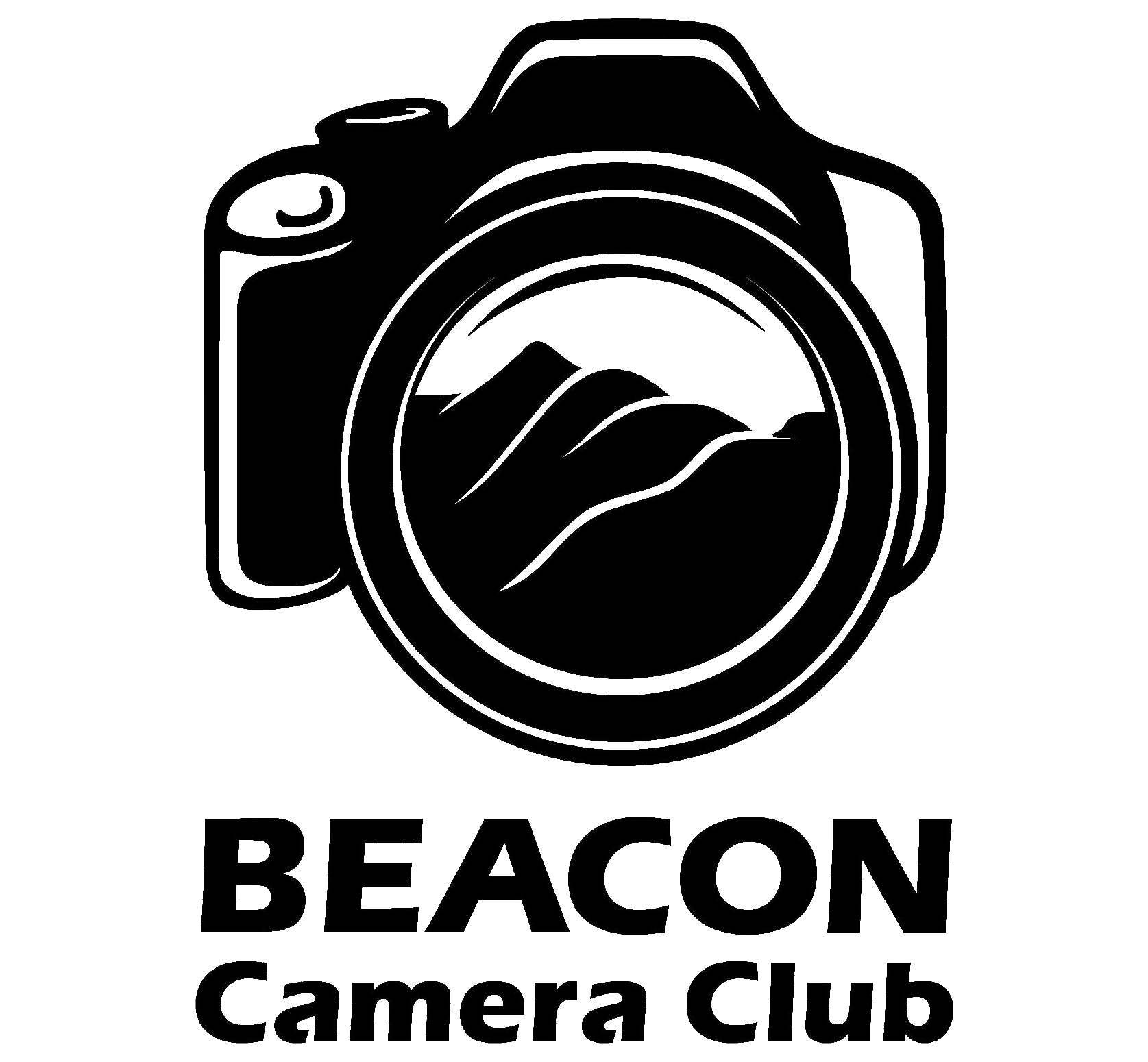Ok trying not to get scientific
1st image is the colour spectrum which we should all be aware of.
2nd the colour/grey wheel gives a indication of how colours change once they are changed to mono probably not truly accurate in this example
3rd image is a greyscale, the human eye can see 31 shades of grey, if you're having problems seeing the 7 shades here from white to black you have problems.
So what does this mean, when shooting in mono you have to be aware of the way colours relate to each other, study the grey wheel and you can see that different colours have a similar grey value. All is not lost however, to turn your image from an effectively neutral grey into a more punchy picture, do the mono conversion in your chosen software, you should have with that tool, a panel similar to the colour wheel, by adjusting each colour value this can change the mood of your picture, give it go.
Don't use the "Contrast Slider" by manipulating the individual colours, you get a more professional look. don't forget to check shadows and highlights
Greyscale
4 posts
• Page 1 of 1
Re: Greyscale
Hi Brian and all
Good diagrams!
Interesting that you have shrunk the grey scale to 7 zones, but the wheel has 12 zones. Of course, they are not step wedges, but tones merge into each other.
Ansel Adams developed the zone system – 11 overlapping zones - that is still used by some software eg the free open source editors Darktable and Lightzone and the various PS filters that are also for sale.
I know not all are necessarily admirers of Adams, but many still work around the zone system but in a more flexible way. Some underexpose (increasing contrast to recover tonal values) after increasing ISO (lowering contrast) – this depends on the camera being invariant (where the relationship between exposure and ISO is constant). [Adams may underexpose, then over develop for longer in days of yore]
The above is maybe making it too technical, but we also know that a print made for display usually requires more contrast to deepen blacks than an image meant for display on a monitor.
Best wishes
Good diagrams!
Interesting that you have shrunk the grey scale to 7 zones, but the wheel has 12 zones. Of course, they are not step wedges, but tones merge into each other.
Ansel Adams developed the zone system – 11 overlapping zones - that is still used by some software eg the free open source editors Darktable and Lightzone and the various PS filters that are also for sale.
I know not all are necessarily admirers of Adams, but many still work around the zone system but in a more flexible way. Some underexpose (increasing contrast to recover tonal values) after increasing ISO (lowering contrast) – this depends on the camera being invariant (where the relationship between exposure and ISO is constant). [Adams may underexpose, then over develop for longer in days of yore]
The above is maybe making it too technical, but we also know that a print made for display usually requires more contrast to deepen blacks than an image meant for display on a monitor.
Best wishes
-

PhilC - Posts: 168
- Joined: Sat Nov 07, 2015 1:07 pm
Re: Greyscale
Hi Phil they were the only diagrams I could get without a load of tech stuff, the idea was trying to explain that different colours can end up with the same tonal range when switched to black and white, the colour wheel image probably shows this best.The good thing is that with software these days it’s easy to change the colour values in a mono image which stops the mid range tones all looking a murky grey.
Anyway enough rabbiting, happy new year and stop going on about AA.
Anyway enough rabbiting, happy new year and stop going on about AA.
-

BrianMet - Posts: 440
- Joined: Sat Oct 19, 2013 9:45 am
- Location: Malvern Link
4 posts
• Page 1 of 1
Who is online
Users browsing this forum: No registered users and 2 guests
